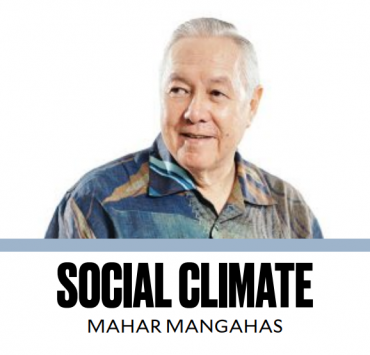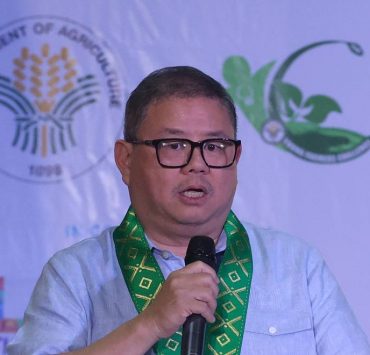Protecting girls from sexualized AI deepfakes
On the first day of school in mid-September 2023, in Almendralejo, Spain, a 14-year-old student returned from school and told her mother about a nude photo of her circulating online. Her mother called the mother of her daughter’s best friend, who confirmed that the best friend also had a similar photo. Calls to other mothers revealed that more than 20 girls were affected. The mothers established a WhatsApp group that gathered 27 members a few days later.Almendralejo, a municipality of 30,000, has five middle schools, and in at least four of them, artificial intelligence (AI)-generated images of female students were circulated. Complaints have been filed and are being investigated by the judicial police. Some of the victims were as young as 12.
At the same time this was happening in Almendralejo, the United States Senate was hearing testimony about regulating AI from top tech entrepreneurs such as Elon Musk of X (aka Twitter), Sam Altman (OpenAI), Sundar Pichai (Google), Satya Nadella (Microsoft), and Mark Zuckerberg (Meta).
While there is already ongoing debate and discussions about the dangers posed by AI and the need to establish safeguards and regulatory guardrails, much of the attention on these dangers deal with larger, abstract risks and threats.
Of course, it is important to figure out how to deal with advanced thinking machines that could transform warfare, economies, and the labor market, and the corresponding positive and negative ripple effects that this advanced technology can create. However, immediate and more tangible dangers already exist and these deserve equal attention and effort.
Artificially generated sexualized and pornographic deepfakes are one of the immediate and tangible dangers posed by AI, especially as it targets, hurts, and exploits women and young girls disproportionately. Research by Sensity AI in 2019 reveals that 90 to 95 percent of deepfakes are pornography, with 90 percent targeting women. Since then, technology has advanced significantly and is now more accessible to the public and quite easy to use. Aside from that incident in Spain, there are many other cases in middle and high schools in the US and Canada.I have yet to come across a similar case reported in the Philippines, though I vaguely recall a Filipino celebrity being a victim of deepfake photos a few years ago. I’ve also recently come across a local news report in early February on the Council for the Welfare of Children warning parents and guardians of “the increased use of artificial intelligence to produce child-abusive material, cautioning them not to post unnecessary photos of minors online.”I think there is no argument about how damaging, dehumanizing, and traumatic these fake images can be to women, particularly young girls. I’m confident there will be no resistance to any effort needed to address this problem and danger for young women. Legislation will be an important tool in this effort. Hopefully, gaps in current legislation can be identified and closed quickly. The European Union in particular is working to criminalize the manipulation of images and videos to create sexually-oriented content.
Big tech also has a role to play in this issue. While they may not be responsible for the AI tools and apps that make image manipulation available and easy to use, their platforms are the medium through which these deepfakes are distributed and spread.
However, it is important to note that a disturbing and common aspect in all the cases in Spain is that the perpetrators were classmates of the victims, and those who have been identified are boys. Those responsible for generating the images and spreading them nonconsensually aren’t adults or some organized criminal enterprise, but peers of the victims and are minors themselves.
What this means is that laws won’t be enough to effectively deal with this problem. There is a societal aspect to this, and this includes the toxic traits and beliefs that objectify women. Therefore, in order to eliminate those root causes, parents, families, communities, and society as a whole, also have an important role to play in inculcating proper values and ensuring that our children develop a sense of respect for one another.
—————-
Moira G. Gallaga served three Philippine presidents as presidential protocol officer and was posted as a diplomat at the Philippine Consulate General in Los Angeles, and the Philippine Embassy in Washington.

















